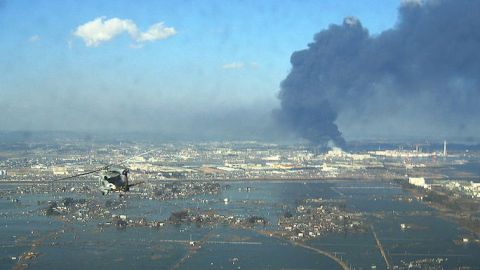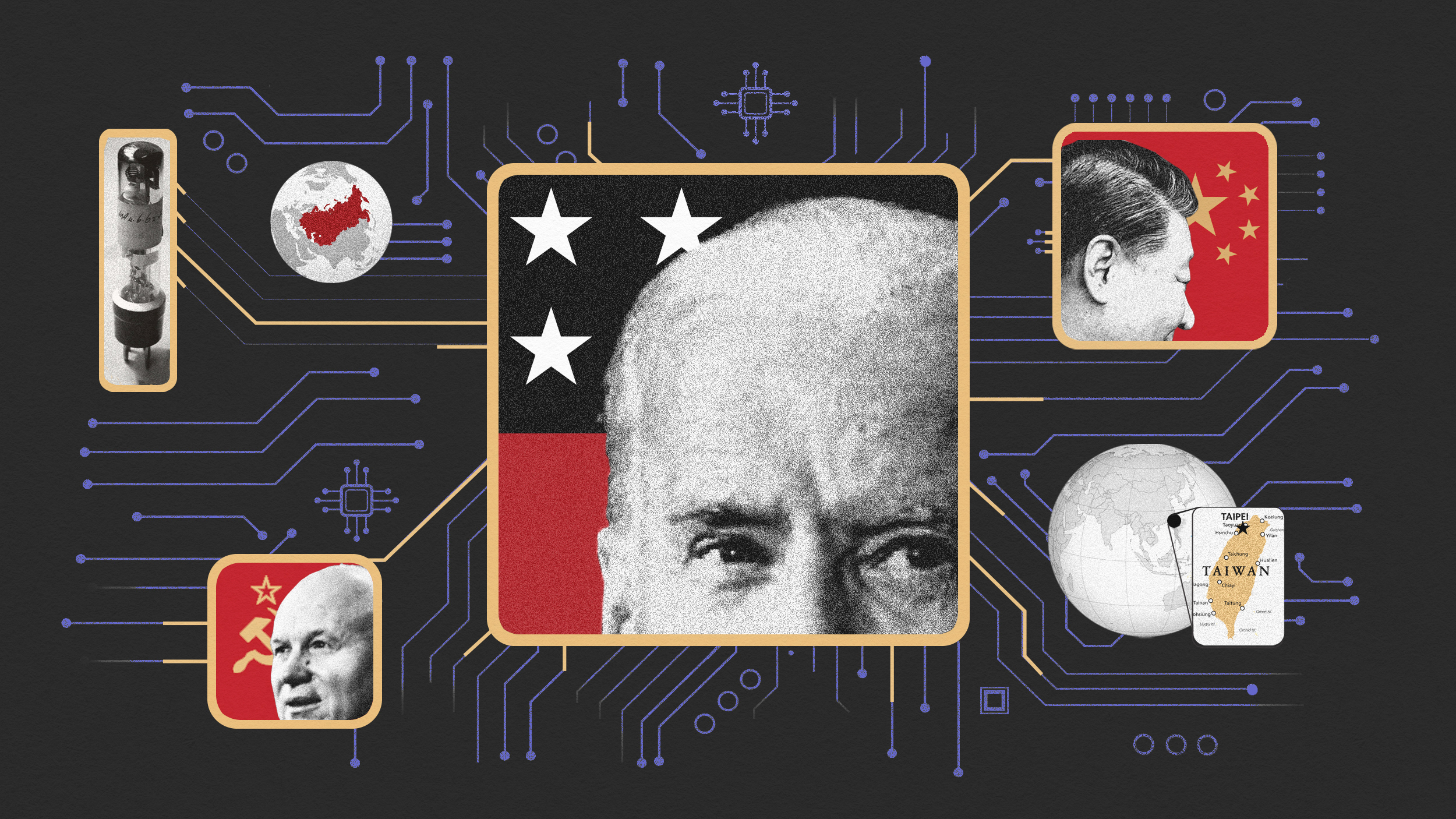After the Flood…What Happens Next?

What’s the Big Idea?
Every year natural disasters disrupt lives, commerce, and in the worst cases, the flow of desperately needed aid supplies. The Great East Japan Earthquake and Tsunami of 2011 was a prime example of such a disaster, with a large number of people immobilized due to the damage caused to transportation infrastructure.
According to Kevin Steinberg, COO of the World Economic Forum, some event in the next few years will prevent “40 percent of the population in a major urban center from getting to work.” For Steinberg, the important question is not so much how to prevent such events from happening, because they are inevitable. Instead, Steinberg tells Big Think that businesses and governments should focus on proactive approaches. To help global leaders prepare for disasters and coordinate their responses, Steinberg launched the Risk Response Network in Davos this year. He lays out his vision in this video:
Proactive thinking on this issue means putting together a disaster relief program in advance of an event in order “to deploy resources very quickly and help with relevant actions.” Steinberg points to the coordination that allowed for the re-opening of the airport in Sri Lanka following the devastating 2004 Indian Ocean Earthquake and tsunami as a success story.
The killer waves of that tsunami created a major humanitarian crisis in 12 countries with coastlines on the Indian Ocean. Sri Lanka was one of the hardest hit. Bandaranaike International Airport, the only international airport in the country, was used to handling only 17 flights per day, less than half of which were cargo flights. As stocks of medicine, water, blankets, tents and other rations were delivered, the airport quickly became a choke point.
And yet, Steinberg explains, when it became apparent that the airport would be a bottleneck and reopening the airport was a critical step to getting relief supplies in, “a number of companies that had worked with the [World Economic Forum] quickly worked with the relevant authorities to get engineers and others in place right away to re-open that airport.”
Once they did so–a very short time after the tsunami hit–Steinberg says, “it really allowed many people and other relief supplies to come in much more quickly, therefore, accelerating the relief effort.” Steinberg tells Big Think this example is indicative of “the kinds of things we would like to do more” with the WEF’s Risk Response Network.
What’s the Significance?
It is important to note that the Tsunami that caused so much destruction in Sri Lanka wasn’t foreseen. “It’s not that someone had thought through and said to me in the event of a tsunami we are going to deploy these people to these regions,” Steinberg says. “It was more generically thinking about if there were a natural disaster and we had a link already established between the private sector and the public sector” they could execute an accelerated deployment of resources.
Steinberg contrasts this with the “ad hoc” responses to volcanic eruptions that have shut down European air travel in recent years. In those instances, Steinberg says there weren’t mechanisms in place to figure out how and when airports could re-open. Again, the problem was not the inability to predict that a volcanic eruption would cut off air space. The problem was how to “think about disruptions to transportation nodes in a broader way.” Due to natural disasters or another kind of disruption, we know that transportation networks will be shut down in the future,” says Steinberg.
In this context, what does it mean to be prepared? Steinberg told Big Think:
One can talk about pandemics or one can talk broadly about whatever events might interfere with people being able to work or people being able to travel to work. And if you think about at that level what kind of disruptions could take place then companies and governments could say not what do I need to do in the event of a pandemic or what do I need to do in the event of public transportation breaking down, but very generically can say what do I do if 40 percent of my workforce can’t get to the office one day? What does that mean in terms of practical preparedness? And our hope is that that level of generality can start to bring together risk officers, governments, the private sector and others to build that resilience that would certainly help.


